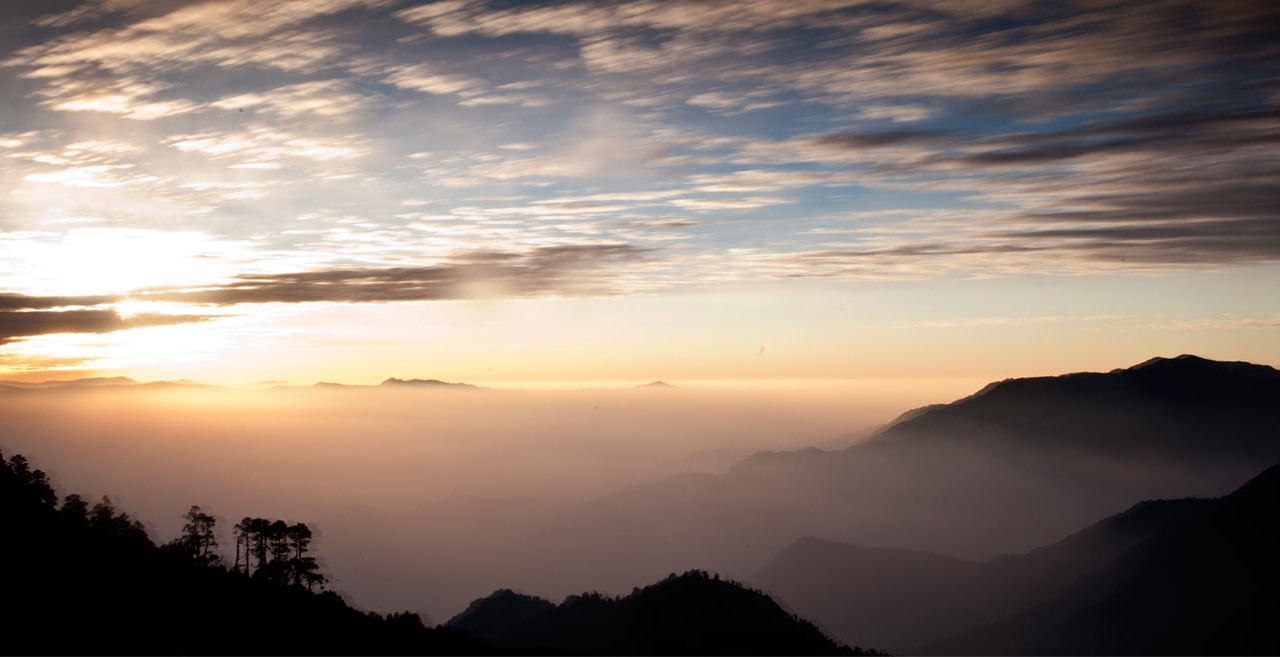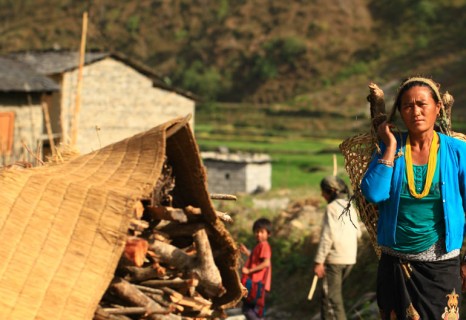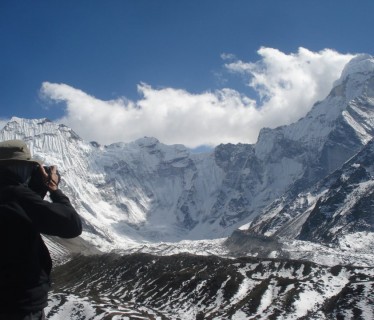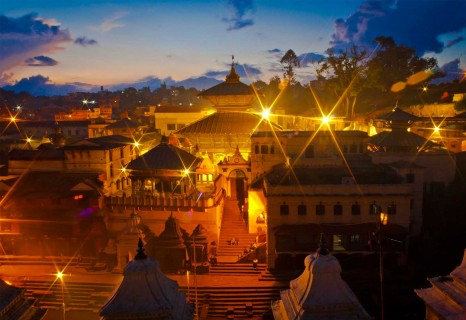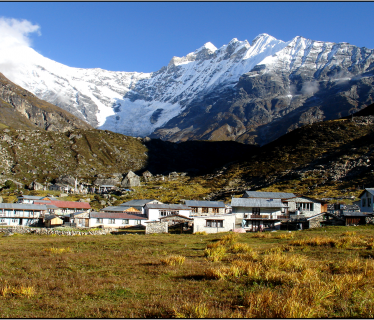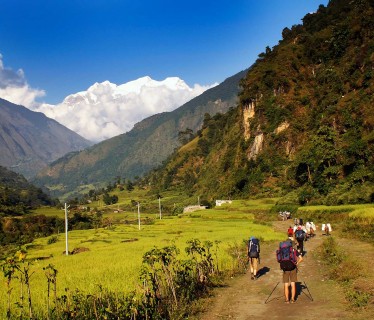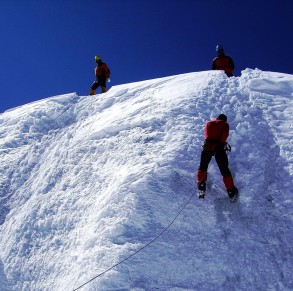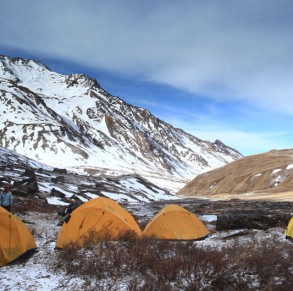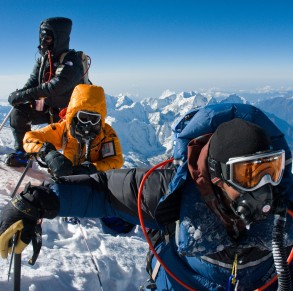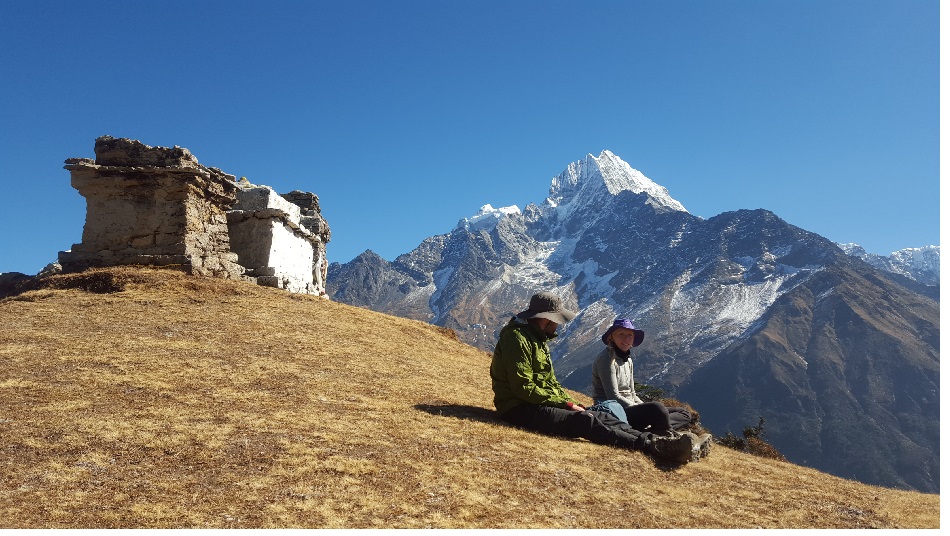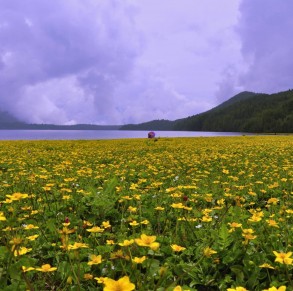
Visa Information
Visa can be obtained on arrival at the Tribhuvan International Airport, Kathmandu, at border entry points in Kakadvitta, Birgunj, Bhairahawa, Nepalgunj, Gaddachowki on Nepal-India border and Kodari on Nepal-China border. Visa can also be obtained at the nearest Nepal Embassy or Diplomatic Mission. Visa can also be obtained (renewal purposes) at Department of Immigration, Kalikasthan, Kathmandu. A valid passport and one passport -size photo with a light background is required. Immigration Department has not specified the size of the passport-size photo.
Visa can be obtained only through payment of cash in the following currency: Euro, Swiss Franc, Pound Sterling, US Dollar, Australian Dollar, Canadian Dollar, Hong Kong Dollar, Singapore Dollar and Japanese Yen. Credit card, Indian currency and Nepali currency are not accepted as payment of visa fee.
Custom Information
Customs:
All baggage must be declared and cleared through the customs on arrival at the entry point. Personal effects are permitted free entry. Passengers arriving at Tribhuvan International Airport (TIA) without any dutiable goods can proceed through the Green Channel for quick clearance without a baggage check. If you are carrying dutiable articles, you have to pass through the Red Channel for detailed customs clearance.
Import:
Apart from used personal belongings, visitors are allowed to bring to Nepal free of duty: cigarettes (200 sticks) or cigars (50 sticks), distilled liquor (one 1.15 liter bottle), and film (15 rolls). You can also bring in the following articles free of duty on condition that you take them out with you when you leave: binoculars, movie or video camera, still camera, laptop computer, and portable music system.
Export:
The export of antiques requires special certification from the Department of Archeology, National Archive Building, Ram Shah Path, Kathmandu. It is illegal to export objects over 100 years old, such as sacred images, paintings, manuscripts that are valued for culture and religious reasons. Visitors are advised not to purchase such items as they are Nepal’s cultural heritage and belong here.
Driving into Nepal:
Overland tourists entering Nepal with their vehicles must possess an international carnet.
For more information on customs matters,
Please Click on http://www.customs.gov.np
(official Web site of the Department of Customs)
or Please Contact the Chief Customs Administrator, TIA Customs Office at 4470110, 4472266.)
Foreign Currency and Credit Cards
Payment in hotels, travel agencies, and airlines are made in Foreign Exchange. Credit cards like American Express, Master and Visa are accepted at major hotels, shops, and restaurants. Remember to keep your foreign exchange encashment receipt while making foreign exchange payments or transferring foreign currency into Nepali rupees. The receipts may be needed to change left-over Nepali currency into hard currency before leaving the country. However, only 10 percent of the total amount may be converted by the bank. ATM is widely in use in Kathmandu.
Major banks, hotels and exchange counters at Tribhuvan International Airport provide services for exchanging foreign currency. Exchange Rates are published in English dailies such as The Rising Nepal, The Kathmandu Post and The Himalayan Times. Nepali currency notes are found in denominations of Rupees 1000, 500, 100, 50, 20, 10, 5, 2 and 1. Coins are found in denominations of Rupees 5, 2 and 1. One rupee equals 100 paisa.
Equipment Checklist
Following is the equipment checklist for our outdoor adventure trekking trips. This is a guide line and all that listed here is not a must.
Foot wears
1. Trekking or running shoes with good soles,
2. Socks both thick and thin,
Clothing
3. Down or fiber filled jacket,
4. Jumper or pile jacket,
5. Hiking shorts/skirts,
6. Waterproof jackets, poncho or umbrella if trekking during the rainy season,
7. Hiking pants,
8. T shirts long and short sleeves,
9. Sun hat/caps,
Other equipment
10. Small back pack,
11. Duffel bags,
12. Sleeping bags,
13. Water bottle,
14. Torch (flashlight), batteries and bulbs,
Miscellaneous items
15. Toiletries
16. Sun screen and snow block cream
17. Towel
18. Laundry soap
19. Your personal medical kit ( paracetamol, iodex, handyplast, bandages, diamox for altitude sickness)
20. Gloves
21. Goggles or sunglasses
22. Water purification tablets if you do not intend to buy bottled water
For treks higher than 4000 m.
23. Mountain trekking boots
24. Socks woolen to wear with boots
25. Socks light cotton for under wool socks
26. Insulated pants
27. Nylon wind breakers
28. Nylon wind pants
29. Woolen hats (balaclava).
Temperature Guides
Climatic conditions of Nepal vary from one place to another in accordance with the geographical features. In the north summers are cool and winters severe, while in south summers are tropical and winters are mild. Nepal has namely five major seasons: spring, summer, monsoon, autumn and winter.An average temperature drop of 6°C occurs for every 1,000 m gain in altitude. In the Terai, summer temperatures exceed 37° C and higher in some areas, winter temperatures range from 7°C to 23°C in the Terai. In mountainous regions, hills and valleys, summers are temperate while winter temperatures can plummet under sub zero. The valley of Kathmandu has a pleasant climate with average summer and winter temperatures of 19°C – 35°C and 2°C – 12°C respectively.The Himalayas act as a barrier to the cold winds blowing from Central Asia in winter, and forms the northern boundary of the monsoon wind patterns. Eighty percent of the precipitation is received during the monsoon (June-September). Winter rains are more pronounced in the western hills. The average annual rainfall is 1,600 mm, but it varies by eco-climatic zones, such as 3,345 mm in Pokhara and below 300 mm in Mustang.An interesting fact is that there is no seasonal constraint on traveling in and through Nepal. Even in December and January, when winter is at its severest, there are compensating bright sun and brilliant views. As with most of the trekking areas in Nepal, the best time to visit are during spring and autumn. Spring is the time for rhododendrons while the clearest skies are found after the monsoon in October and November. However, Nepal can be visited the whole year round.
Health Guide
Health care services in Kathmandu Valley are sound. All kinds of medicines, including those imported from overseas are available in Kathmandu. Kathmandu Valley also offers the services of major general hospitals and private clinics. Health posts have been set up by the Government in different parts of rural Nepal. For major health crisis or emergency, one may have to be evacuated to Kathmandu.
Useful Tips:
1. A travel insurance policy that covers medical treatment is recommended for all tourists.
2. Similarly, we recommend you to make sure that the insurance covers activities such as trekking, rafting etc. that you will be undertaking during your stay in Nepal
3. Getting special vaccinations are not necessary when visiting Nepal.
4. We still recommend that you consult with your physician regarding special immunizing against any tropical disease.
5. It may be a good idea to get a complete check up before departure.
6. We recommend that you undertake training programs to be physically fit if you plan to go high-altitude trekking or mountaineering when you’re visiting Nepal.
7. Please read up on altitude sickness (AMS), diarrhea, Giardia, Dysentry, Cholera, Hepatitis, Rabies, Typhoid, Tetanus, Meningitis, Diptheria, Malaria and HIV/ AIDS. Information and little precautions can often save lives.
8. Please make sure that food is thoroughly cooked and served hot when eating out.
9. Please make sure that salads and fruits are washed with purified water or peeled when eating out.
10. Beware of food that has been kept out in the open for long.
11. Always make sure that your water is clean by opting for boiled and then cooled water, treated water or sealed water from reputed brand.
12. Always carry a bottle of water when trekking or venturing off away from the city/ town.
13. Do not walk bare feet on damp mud and grass in unknown areas.
14. Please do not swim in lakes and water bodies, especially where depth and vegetation are not known.
15. Always carry and use mosquito repellant when in Terai region or during summers.
16. Please have a handy medical first aid kit ready for any situation.
Medical Kit:
A simple but adequate medical kit can be very useful while traveling. The following items are recommended: Aspirin of Panadol, for pain or fever; Antihistamine, as a decongestant for colds, allergies and to help prevent motion sickness; Antibiotics, useful if traveling off beaten track but they must be prescribed; Kaolin preparation (Pepto-Bismol), Imodium or Lomotil, for upset stomach; Rehydration mixture – for treatment of severe diarrhea; Antiseptic, mercurochrome and antibiotic powder or similar dry spray- for cuts and grazes.
Other things to be included are: Calamine lotion to ease irritation from bites or stings; bandages and band aids for minor injuries; scissors, tweezers, thermometer, insect repellent, sun block lotions, chopsticks, water purification tablets, throat lozenges, moleskin, Sulamyd 10 percent eye drops, paracetamol and antacid tablets.

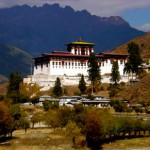
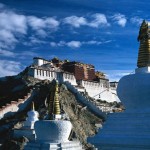
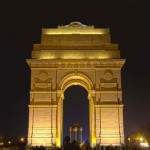

 English
English